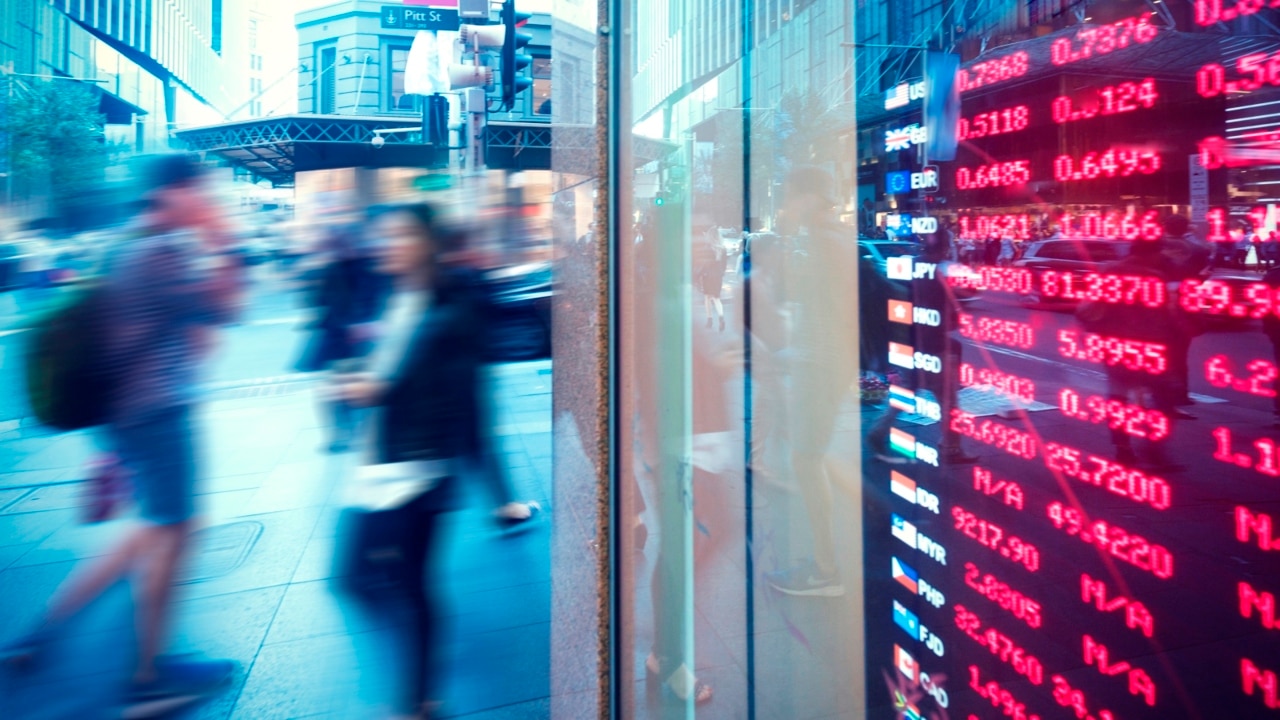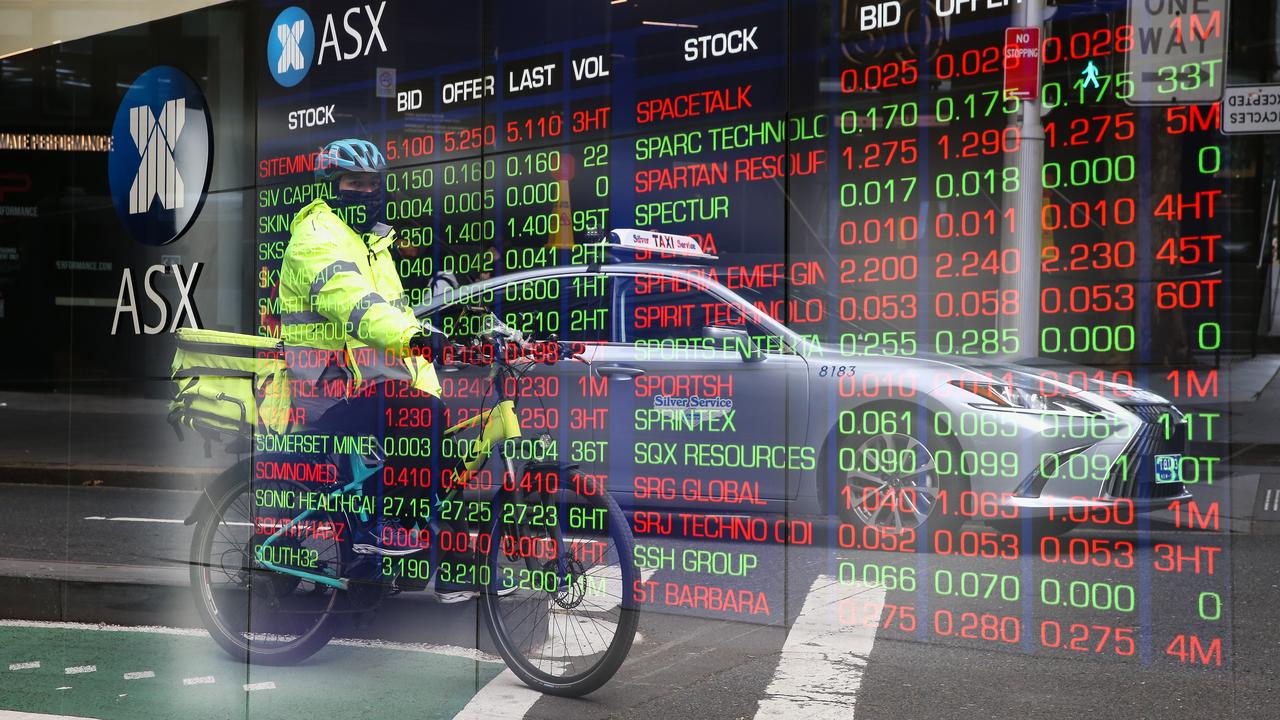China’s move to reopen in the face of Covid-19 could be a double-edged sword for markets
The country’s relaxation of Covid-19 restrictions including its sudden resumption of outbound travel may prove to be a double-edged sword for markets already on a knife’s edge in 2023.

China’s earlier-than-expected relaxation of Covid-19 restrictions, including its sudden resumption of outbound travel, may prove to be a double-edged sword for markets in 2023.
Already complicated by the hawkish stance of the world’s major central banks, looming recessions in the US and Europe, the Ukraine war and a strained relationship between the US and China, the outlook is even harder to discern after Beijing began a rapid reopening of its economy last month.
The additional demand unleashed by China’s reopening could provide a welcome support to corporate earnings by offsetting weak growth in the US, UK and euro area.
But the extra demand will hit the global economy at a time of high Covid-19 infection rates in China and elevated inflation in the West, worsening the dilemma for central banks as they struggle to prevent wage-price spirals even as the economic outlook fades.
Treasurer Jim Chalmers said on Monday that he expected China’s latest Covid wave to have a “substantial impact” on supply chains in Australia and the world.
“When you’ve got a Covid wave like we’re seeing in China – when they’ve had until quite recently a zero-Covid approach to managing the pandemic – then that has obvious consequences for the Chinese workforce and for supply chains right around the world,” he told said.
Dr Chalmers warned the impact of Covid on China and supply chains was one of the “key risks” to the Australian economy this year, given the nation’s reliance on its markets and workforce.
Faced with persistently high inflation, particularly if China’s supply chains are significantly disrupted as they were in the early stages of the pandemic, central banks may feel compelled to keep lifting interest rates to head off any price gouging and excessive wage demands.
With global growth and inflation potentially supported by China’s reopening demand, the US 10-year Treasury bond yield may hit fresh 15-year highs above last year’s peak of 4.34 per cent.
In recent weeks, the US 10-year bond yield has bounced strongly from 3.4 to 3.9 per cent, effectively confirming the existence of strong support from the June 2022 high at 3.5 per cent. On the charts, a sustained move above last year’s high could trigger a further sell-off to 5 per cent.
An increased risk of more persistent inflation could increase expectations for a terminal Fed funds rate above the 5-5.25 per cent median “dot plot” projection of FOMC members for 2023.
Expectations for Australia’s cash rate set by the Reserve Bank could rise above the 4 per cent terminal rate that is priced in by the futures market for September.
That would increase the impact of the $470bn time bomb of fixed rate mortgages. Set in 2021 at an average price of 2 per cent, these loans will reset to 6 per cent or more in 2023.
The US and Australian dollars will be closely watched by investors gauging risk sentiment.
After hitting a two-decade high of 114.75 points in September, the US dollar index has fallen about 10 per cent, tentatively breaking support from its 2016 and 2020 highs around 103.80.
The “US dollar smile” theory would suggest the downturn in the greenback is unsustainable if the world does in fact face synchronised weakness (except for China) rather than growth.
A renewed rise in the US dollar would warn of US recession or synchronised global slowdown.
China’s reopening could come with another bout of risk aversion amid fear of higher interest rates.
The Aussie dollar should weaken in that scenario, but commodity prices may lend support.
Sharemarket investors could face better-than-expected earnings, albeit with lower valuations.
Passive investments linked to share indexes may face limited returns for a second year running. Active investors may do better in quality cyclical companies with low debt and high dividends. Growth stocks with high debt and low earnings could stay weak.
Strategists mostly have a weak first half followed by a second half rebound in their forecasts.
But if inflation rises in response to China’s reopening demand and central banks keep steadily increasing interest rates, rather than pause as many expect, sharemarket weakness could stretch into the second half.
In bear markets, defined as falls of at least 20 per cent, the S&P 500 has fallen about 35 per cent on average from peak-to-trough since 1945. Such declines take about 16 months on average.
The current bear market in the S&P 500 has run for 12 months, and by mid-2022 it had gone as deep as 23.6 per cent. But bear markets tend to be longer and deeper when recessions are involved. Moreover, the US market has rarely if ever bottomed before a recession began.
With the US unemployment rate at 3.7 per cent in November after a 50-year low of 3.5 per cent in August, the economy clearly isn’t in a recession yet. As long as recession is expected, it’s hard to see the US sharemarket sustaining much of a rebound.
Important updates on the US will come this week, with Wednesday’s release of the ISM manufacturing purchasing managers index and Friday’s release of the non-farm payrolls report and the ISM non-manufacturing purchasing managers index.
The Australian sharemarket fared better than most in 2022. The S&P/ASX 200 fell just 5 per cent versus 19 per cent for the S&P 500, owing to the local market’s greater exposure to resources and lesser exposure to tech stocks.
Analysts have predicted a rush to raise capital at the start of the year, particularly from the property trusts, but mergers and acquisitions may be an ongoing theme in the resources sector.
Moody’s Analytics says headwinds are rising for the Aussie economy as high inflation forces the RBA to tighten rates quicker than at almost any time in its history. Price growth is estimated to have peaked in the final quarter of 2022 and is expected to gradually unwind through 2023 and return to the RBA’s 2 to 3 per cent target band in 2024, but until then household consumption is set to slow as higher prices whittle down families’ purchasing power.
Higher interest rates and waning demand have weakened the residential real estate market, with prices falling in each capital city across the country, and muted new dwelling approvals will keep the outlook weak.
“This risks further denting household spending through 2023 due to less spending on household items as well as the negative wealth effect of lower property values,” Moody’s says.
But the Aussie economy continues to outperform expectations, with unemployment at 3.4 per cent and business investment intentions remaining strong.
“This will support the outlook through next year and into 2024,” Moody’s says. “A return of overseas tourists and students should also drive a resurgence in service exports through next year.”



